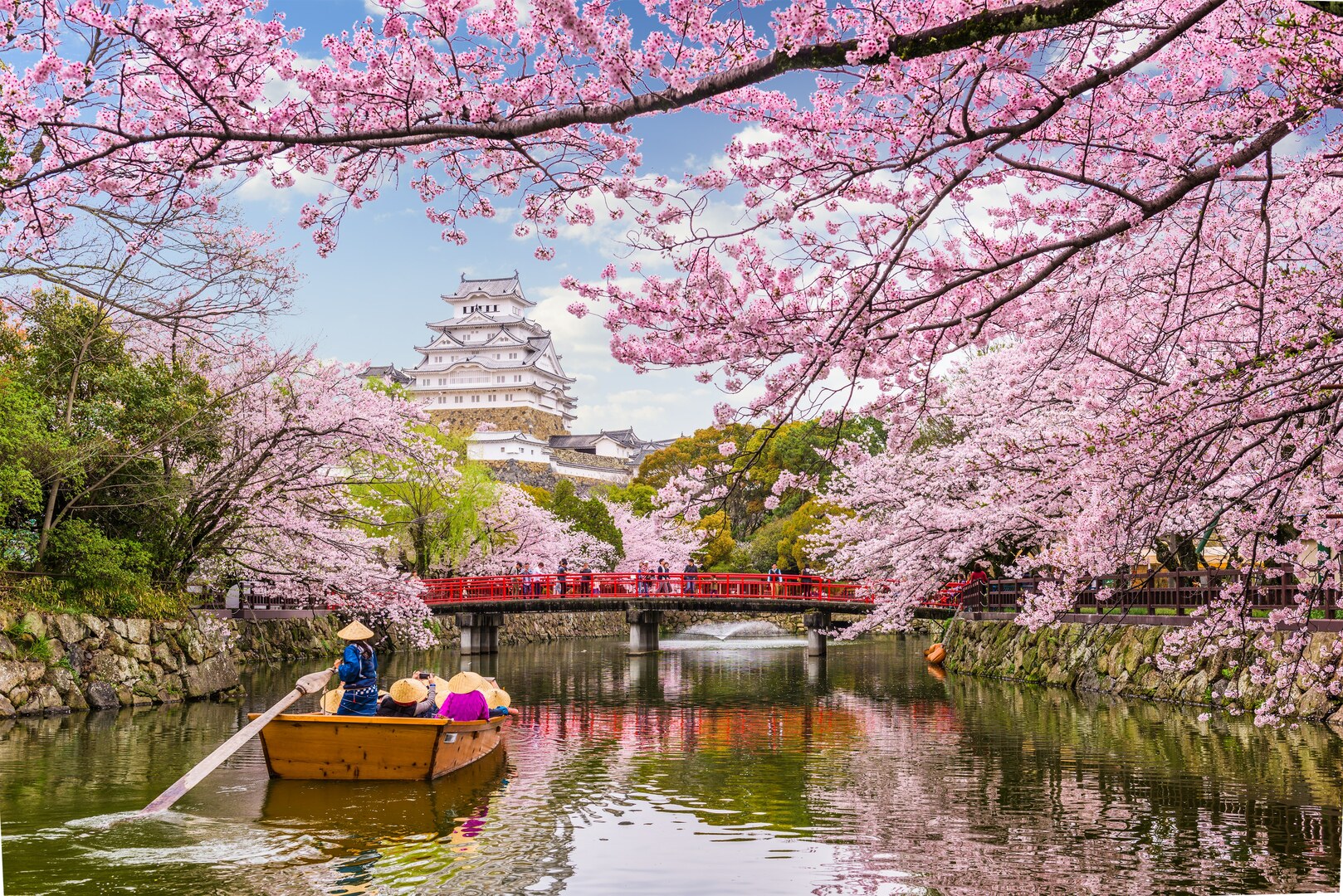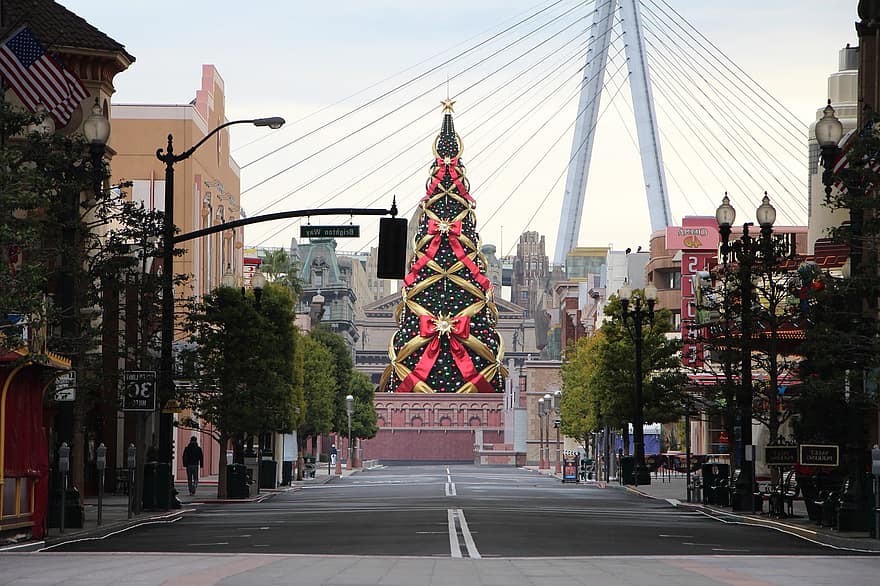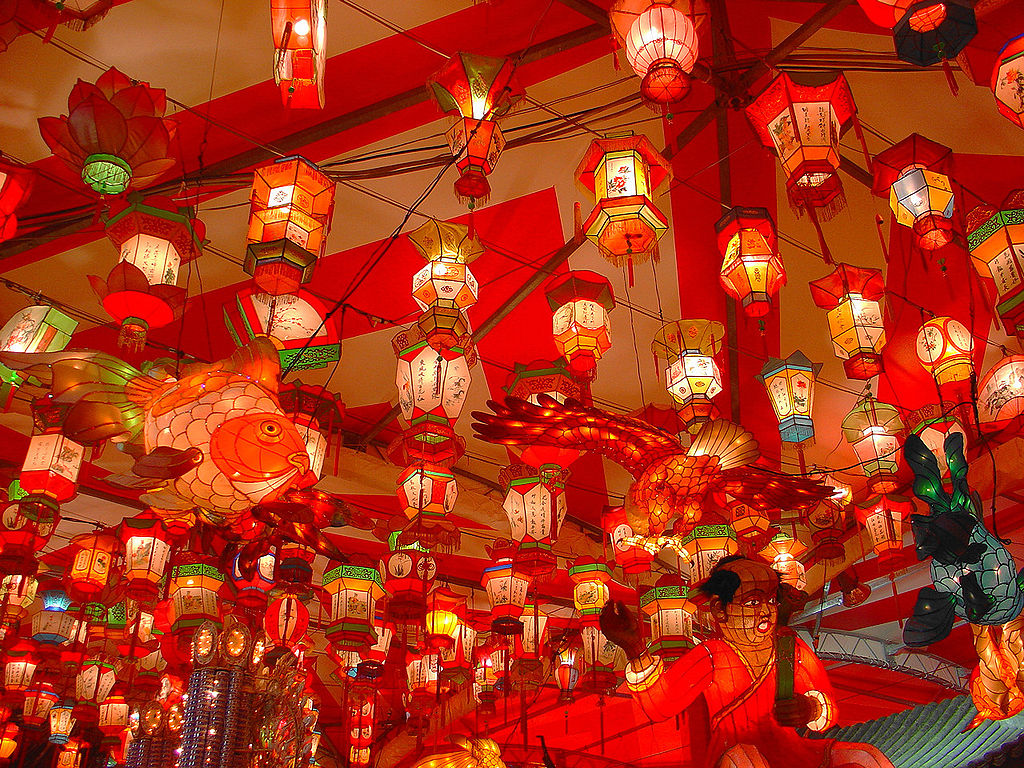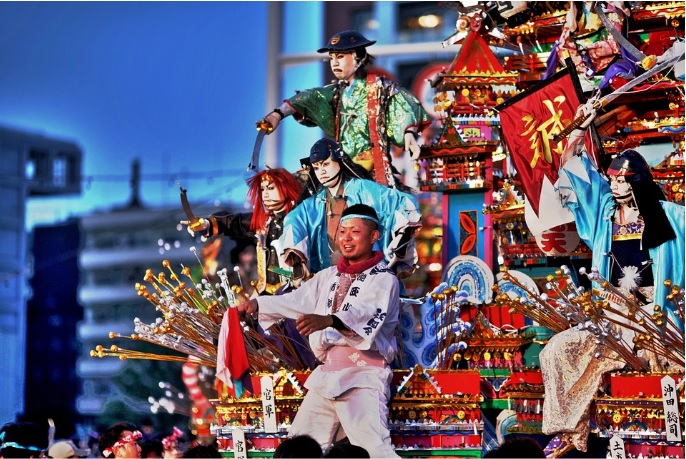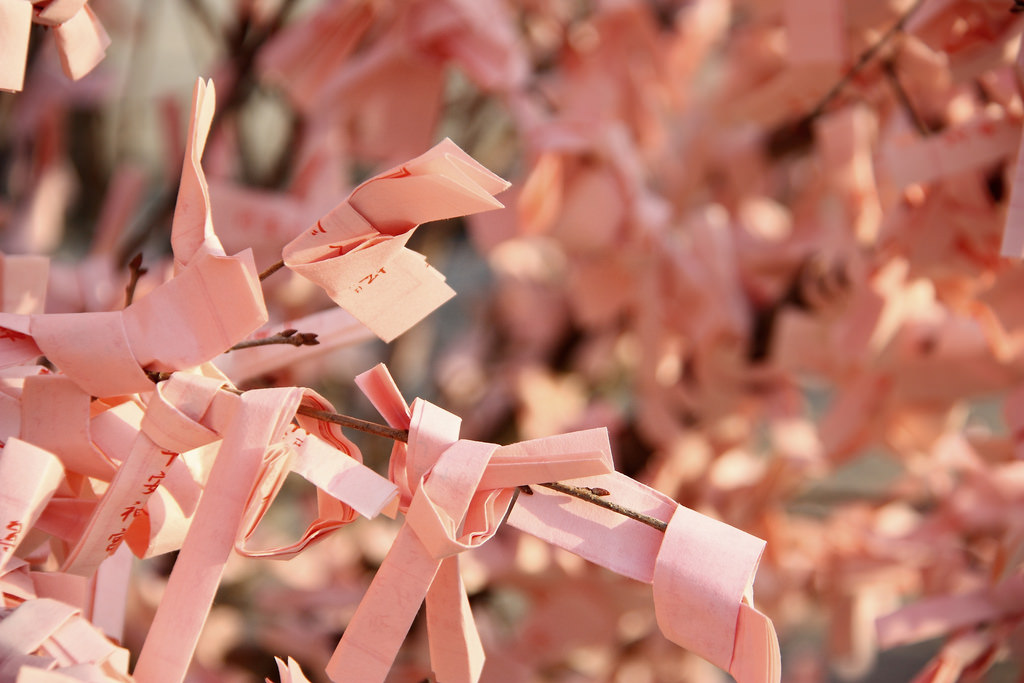
In the busy shrines of Shinto and Buddhist temples of Japan lies a spot where you can have your fortune told. This act is also known as omikuji. Fortunes are written on paper strips which you will have to get after following several steps. The results may vary from dai-kichi or great blessing to daik-you or great curse!
Here are the steps to start off your omikuji fortune telling:
1. Drop 100¥ to the box. Basically, this is a self-serving system and paying the given amount is entirely on your own decision.
2. After paying, you have to pick up the box and draw a numbered stick from it.
3. Find the number of box that corresponds to what you picked.
4. Open the box and get the small strip of paper inside which contains your fortune.
5. Now that you have your fortune in your hands, it’s time to analyze the meaning of what you got.
If you don’t understand Japanese characters, you have two choices:
Have a friend with you (a Japanese friend or someone who can understand Japanese) who can translate your fortune.
Take a look at this guide to deciphering your fortune:
1. Dai-kichi – Great blessing
2. Kichi –Blessing
3. Chuu-kichi – Middle Blessing
4. Shou-kichi – Small Blessing
5. Han-kichi – Half Blessing
6. Sue-kichi – Future Blessing
7. Sue-shou-kichi – Future Small Blessing
8. Kyou - Curse
9. Shou-kyou – Small Curse
10. Han-kyou – Half Curse
11. Sue-kyou – Future Curse
12. Daik-you – Great Curse
If you picked dai-kichi, surely it will bring a smile to your face because you got the greatest blessing. Keep that omikuji with you. But do not be disheartened if you got kyou or worse dai-kyou! In order to seal the curse, tie the paper strip to a place where all the other bad fortunes were placed -- it can be on a pole or a tree.
Omikuji is definitely one of the things you should look forward to when you visit a shrine or temple in Japan.
Photo by Wenjie, Zhang | A Certain Slant of Light. Licensed under Creative Commons. (https://creativecommons.org/licenses/by/2.0/)
